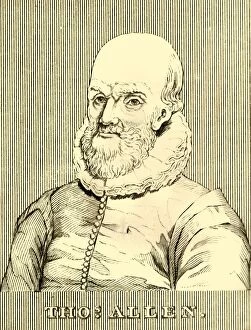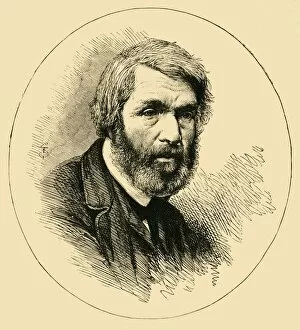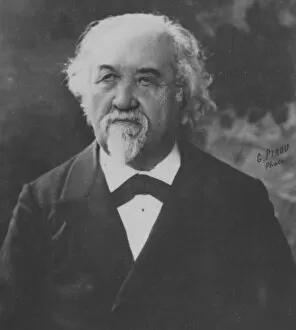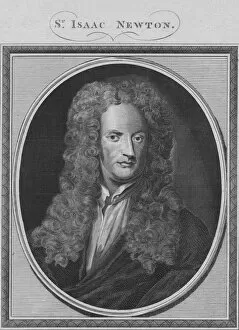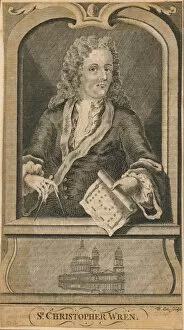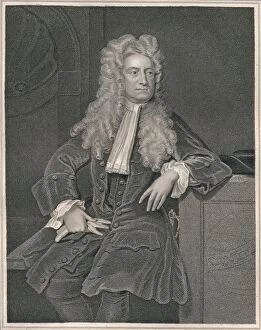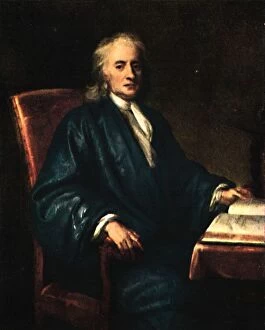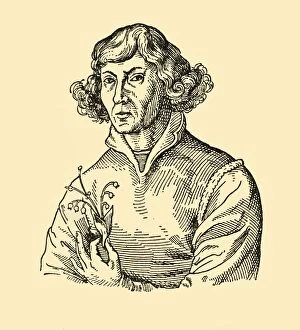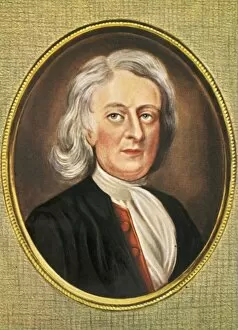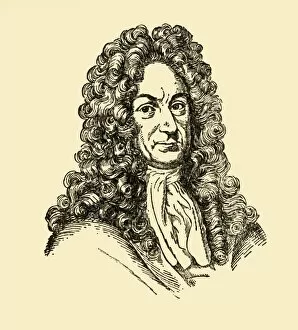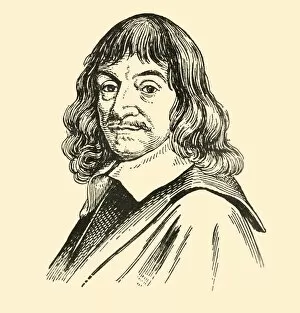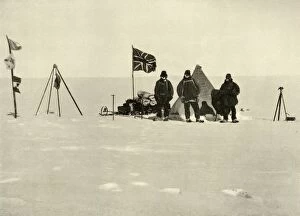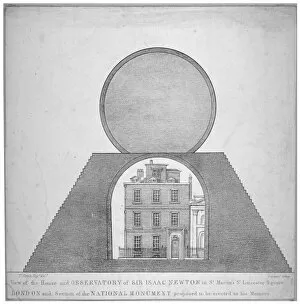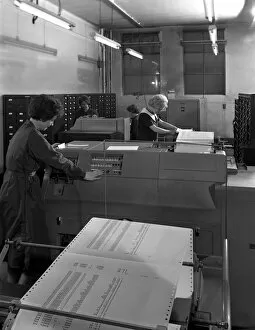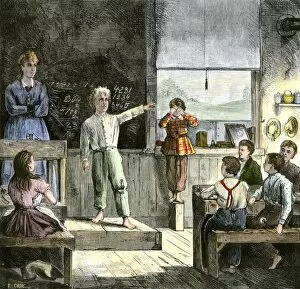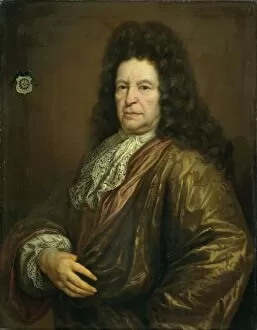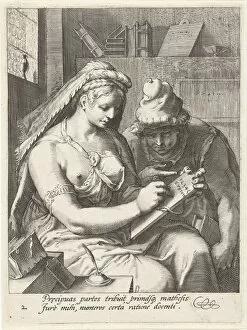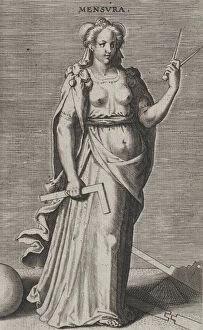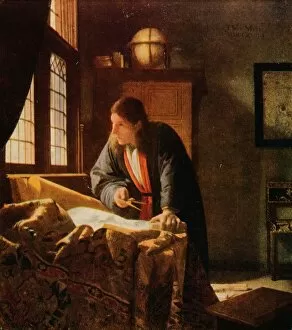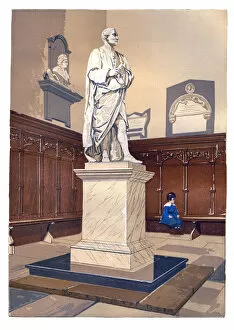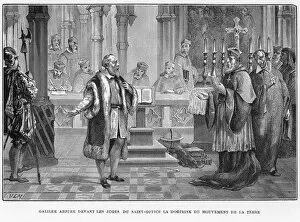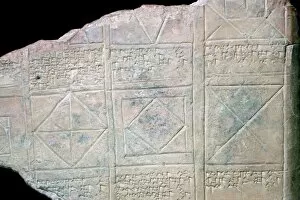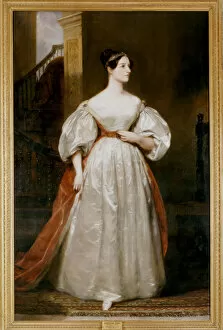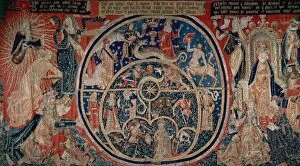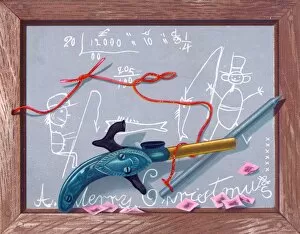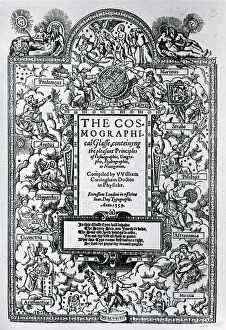Arithmetic Collection (#7)
"Arithmetic: Unveiling the Beauty of Numbers through Art and Science" Step into a world where numbers come alive
For sale as Licensed Images
Choose your image, Select your licence and Download the media
"Arithmetic: Unveiling the Beauty of Numbers through Art and Science" Step into a world where numbers come alive, as science allegorizes arithmetic in captivating artworks. In "The Ambassadors, " painted in 1533, we witness the intricate connection between mathematics and other disciplines. The illustration from "Hortus deliciarum" showcases arithmetic as one of the seven liberal arts, highlighting its importance in education. Even great minds like Sir Isaac Newton recognized the power of numbers. In a portrait by Freeman from the 19th century, Newton's brilliance shines through his contributions to mathematics and physics. Jan Wierix's copy of "Melencolia I" depicts an enigmatic figure surrounded by mathematical symbols, representing both creativity and melancholy. Travel back to ancient Egypt with us as we explore the Rhind Mathematical Papyrus from around 1550 BC. This remarkable artifact reveals how arithmetic was practiced during the Hyksos period, giving us insight into their advanced knowledge. Fast forward to Lewis Carroll's time when he introduced mathematical puzzles through his famous works like "Alice's Adventures in Wonderland. " Oscar Gustav Rejlander captured this whimsical spirit in his portrait of Carroll himself. Blaise Pascal further revolutionized arithmetic with his contributions to probability theory and calculating machines. H Meyer's depiction portrays him not only as a mathematician but also as a philosopher and theologian. Lord Kelvin takes center stage next with James Craig Annan capturing him alongside his compass—a symbol of precision—showcasing Kelvin's significant impact on both mathematics and physics. Journeying to Woolsthorpe Manor, near Grantham, Lincolnshire—Sir Isaac Newton’s birthplace—we discover where one of history’s greatest mathematicians began his extraordinary journey into understanding gravity and calculus. Lastly, Nikolai Petrovich Bogdanov-Belsky invites us into a classroom setting with "Counting in Their Heads.

